 | ||
Architect Alexandre-Théodore Brongniart Similar Grand Hotel de Clermont, Hôtel de Condé, Hôtel du Châtelet, Pentemont Abbey, Hôtel de Castries | ||
The Hôtel de Bourbon-Condé, 12 rue Monsieur (7th arrondissement of Paris), was built for Louise Adélaïde de Bourbon. The architect was Alexandre-Théodore Brongniart.
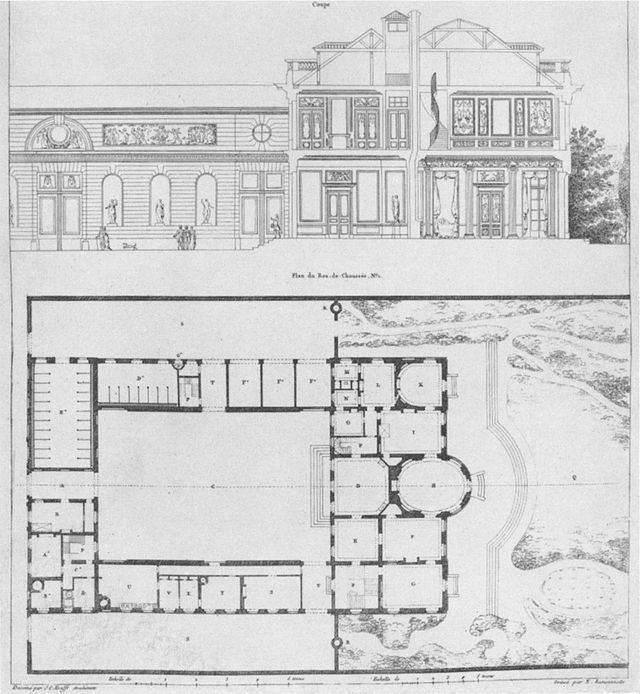
History
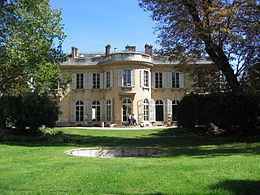
In 1780 the twenty-three-year-old unmarried daughter of the Prince of Condé, Louise Adélaïde, also known as Mademoiselle de Condé, requested permission to leave the convent of Panthémont, where she had been educated, to live in the world. To suit her station in life a generous site was purchased in the rue Monsieur on the Left Bank, where Brogniart erected a splendid house. Previously, while working for the marquis de Montesquiou in 1778, Brongniart had received permission to open the rue Monsieur, where he also built stables for the Count of Provence, and a hôtel for the Archives de l'ordre Saint-Lazare. The house was situated behind an enclosed court, entered through a central carriage passage, and faced a garden into which the central oval salon projected.

By 1782 the menuisier (chair-maker) Georges Jacob had delivered seat furnishings to the amount of 13,958 livres and Jean-François Leleu, a prominent ébéniste (cabinetmaker), had rendered a bill for veneered case-pieces, but no detailed contemporary description of the interiors survives: Horace Walpole mentioned this "Hôtel de Condé" in passing as an exemplar of the latest French neoclassical taste, after he had his first view of the Prince of Wales's Carlton House, London, in September 1785.
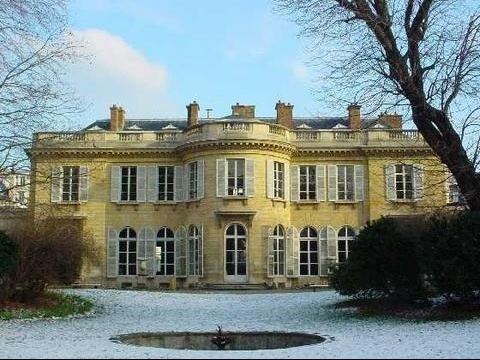
The garden was landscaped in the genre pittoresque, the informal "picturesque genre" that was one aspect of French Anglomania in the 1780s. From the Boulevard des Invalides, passing along the garden, an open iron fence gave passers-by a view of the principal facade, the garden front in its landscaped setting.
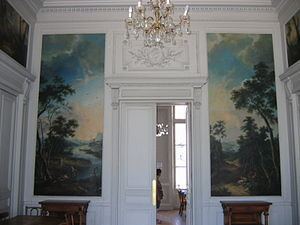
In the forecourt, long stucco panels in low-relief of children engaged in Bacchanalian procession were supplied by Clodion (Claude Michel). The art historian Michael Levey has written that "the superb stucco decorations for the courtyard of the Hôtel de Bourbon-Condé ... [are] wonderfully zestful and redolent of the Renaissance in [their] unforced, enchanted pagan air, bringing hints of the countryside of antiquity into late eighteenth-century urban Paris." The reliefs were eventually removed from the walls of the courtyard and have been conserved at the Metropolitan Museum of Art since 1959.
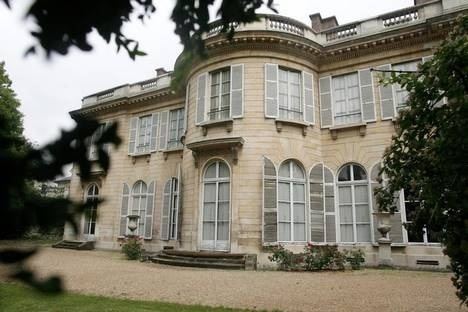
Considerations of rank prevented the princesse de Condé from marriage, and in 1789 she escaped the first stages of the French Revolution; in 1802, in Poland she took the veil, and returned to Paris in 1816, to consecrate the rest of her life to religious work. She died in 1824, but she never again resided in Brogniart's Hôtel de Condé.
